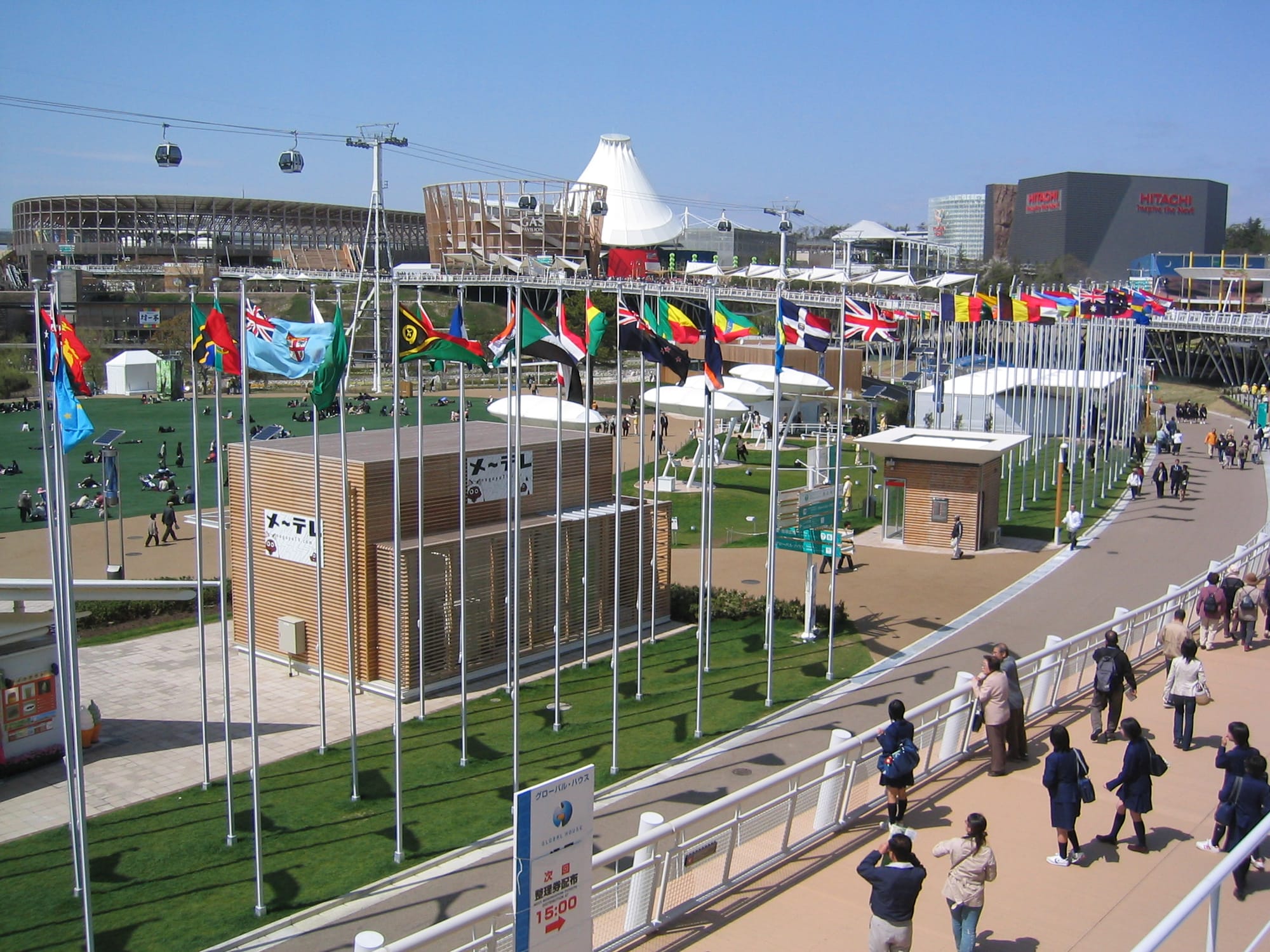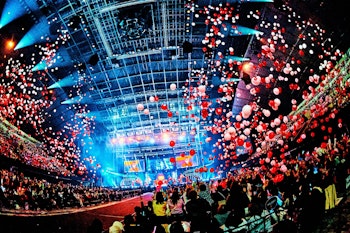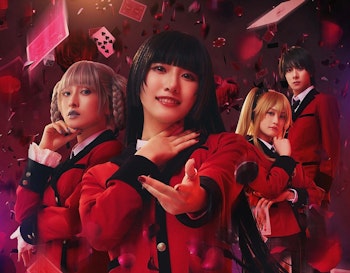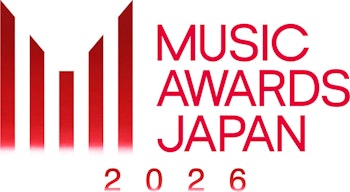
The history of world’s fairs held in Japan looks something like this: in 1970, Osaka held Expo ‘70, one of the most celebrated editions of the-globe-comes-together events ever. It signaled the arrival of post-war Japan’s economic revival, it introduced staples of modern society (electric vehicles, canned coffee and washlets!), and for decades stood as the most successful world’s fair ever, until Shanghai’s take on it in 2010.
Over five decades later comes Expo 2025, returning to Osaka and attempting to pull off a similar metaphorical revitalization of the country…but with far more skepticism and disinterest surrounding it. However it is received, will stand as one of the most important happenings of the year in Japan. Hey, at least it gave us an incredible mascot.
Expo 2025 began this past weekend, and the majority of media attention paid to it has connected this year’s version — running from April until Oct. 13 — connects it to Expo ‘70. That’s fair and fitting, especially given it's the same city. Yet by paying so much attention to just Osaka’s times holding world’s fairs, one misses out on all the other similar biggie-sized events that have been hosted across the archipelago over the years…each with interesting wrinkles and developments all their own.
To celebrate the start of Expo 2025, let’s shine a light on the lesser known expos of Japanese history, from horticultural hullabaloos to a whole main-event expo that seems to just be totally ignored in the country.
Expo ‘75 — Okinawa
The wild success of Expo ‘70 made the desire for more world expositions in Japan palpable, and organizers saw an opportunity to tie one such event to a bigger historical happening in the mid ‘70s. The United States handed control of Okinawa back to Japan in 1972 following its occupation of the islands following World War II. To commemorate this, the ocean-themed Expo ‘75 happened from July of that year to February 1976.
If you want a snapshot of how events like this can be both a boon and waste for their hosts, look no further than this sea-celebrating expo. By all accounts, Expo ‘75’s presence helped accelerate the development of infrastructure on Okinawa island proper, including its roads and expressways. The event itself though was seen as somewhat of a flop. Attendance failed to reach its target goal for the year, not exactly helping the immediate economy of Okinawa, while also resulting in increased pollution.
More than any other event on this list, Expo ‘75 lacks any greater developments visible in the world today beyond better roads in Okinawa itself. The centerpiece of it was a floating city called Aquapolis (above), envisioned as a futuristic city-on-the-sea project. Neat idea, but reports from the time indicate there was nothing of interest inside of it, making it sort of just a building on water. It was kind of a dud, and scrapped in 1993. This was supposed to be the big signature of the event, and it just ended up as junk metal. They can’t all be winners.
Musical Highlight: Expo ‘75 prompted a lot of island-flavored songs to commemorate Okinawa’s time in the spotlight, but nothing tops what I presume are dolphin mascots associated with the event — here dubbed the Iruka Family Chorus — delivering a silly kids number with touches of the region’s native sound.
Expo ‘85 — Tsukuba
Quite possibly the most underrated exposition of its kind in history, the tech-focused Expo ‘85 in Ibaraki Prefecture’s planned science community of Tsukuba is an absolute delight to read about. This event featured animatronics galore, cutting-edge film screenings, laser shows, the then-tallest Ferris Wheel in the world and so much more. Just look at this clip from the opening ceremony featuring a robot playing piano, a bunch of students rocking out on keytars and more.
One of the benefits these smaller, more themed Expos have over the world’s fair offerings is specificity. Something like this year’s Osaka Expo 2025 features the vague theme of “designing future society for our lives,” whereas the focus on Expo ‘85 was just advancements in technology and science. Falling smack-dab in the middle of the country’s economic highs, the Tsukuba event offered the right balance between Showa-era silliness and future sleekness. There were lots of robots on display but also developments in projecting technology that would eventually grow into greater advancements in the world today. It’s the perfect mix of what an exposition should be — part showcase of human progress, part theme park.
It’s also notable for being the birthplace of the Jumobotron, introduced at Expo ‘85 by Sony. That alone locks in its legacy.
Musical Highlight: By the time Expo ‘85 rolled around, companies and countries realized the power of pairing pop with whatever it was they were trying to share with the world. Which explains why the Tsukuba event inspired so much music, ranging from official themes to individual pavilions commissioning their own numbers featuring a lot of heavyweight names. Isao Tomita did two! A singer named Momo did a song for a 3-D movie about a dog…that was actually written and composed by the powerhouse duo of Ryuichi Sakamoto and Akiko Yano, sung by city-pop darling Sumiko Yamagata. Jun Togawa got involved with a fittingly macabre number.
Yet nothing tops the soundtrack to the full affair, which someone has preserved on YouTube for the time being. It’s a space-tastic odyssey of sound, featuring robo voices, choruses of dogs and cats turned into melody, and general synthesizer-powered wonder. Listen below.
Expo ‘90 — Osaka
Osaka really just loves to hold international expositions.
The other Osaka Expo served as a horticultural event, meaning the focus was mostly on gardens and flower displays. As a result, Expo ‘90 feels the most amusement-park-like of any of the Japanese expositions to be held to date. Most of the attractions sound like the sort of thing you’d find at Sanrio Puroland — dark rides, animatronic shows, onigiri-making robots though it isn’t clear if you could eat the snack they made for you. Some of the highlights include an attraction where you ride a speedboat into Osaka’s past and a different experience allowing you to…fight a giant bird in order to rescue a princess. One water ride hosted by Aeon (the supermarket chain) flew off its elevated track on just the second day of the event, resulting in two dozen people being injured. Not quite the thrills organizers wanted.
Expo ‘90 is a weird one to unpack. There’s not really any societal or technological legacies emerging from it. By all accounts, it was just a fun time, with water disco shows and candy-themed stamp rallies. It served as kind of a final hurrah for the Bubble era, while maybe its most prophetic moment came in the summer when extreme heat made the event feel like a barbecue. It was also a huge hit, attracting the most visitors to an exposition in Japan since Expo ‘70.
Musical Highlight: Rock trio THE ALFEE provided the main theme with the cheesy feel-good-uplift of “FLOWER REVOLUTION,” which is way too obvious. A handful of other flora-related songs appeared, but none come anywhere close to sniffing “Honmayane,” a kind of “We Are The World” of Kansai performers. Featuring 28 musicians born in or near Osaka, “Honmayane” is a goofy (positive connotation) celebration of the region, with the likes of Masaki Ueda, Masahiro Kuwana, and Minoru Niihara of metal act Loudness taking turns singing before, like, guitar solos kick in.
Expo 2005 — Nagoya
The other three events on this list aren’t world’s fairs proper, more like sub-gatherings of the globe. Not so with Expo 2005. This is the same thing as Expo ‘70 or Osaka Expo 2025…but I swear nobody has mentioned it in the run up to this year’s Kansai bonanza. I never hear about it anywhere, despite it being one of the marquee events in this genre.
Which is funny, because by all accounts it was a huge success both in terms of attendance and goal.
Also known as the Aichi Expo, Expo 2005 zeroed in on a theme centered around coexisting with nature and sustainability. Unlike a lot of events breaking out those words, this one actually went to great lengths to create eco-friendly environments, to the point where countries had to use “modules” rather than construct original buildings. It was more spread out, and included special attractions like a temporary Pokemon theme park and a fashion show starring chickens. Perhaps the biggest development out of it was the debut of Honda’s ASIMO humanoid robot, an early breakthrough in 21st century robotics, though one could argue that a replica of the house from My Neighbor Totoro proved more telling, as the expo grounds would eventually house today’s Ghibli Park.
Expo 2005 proved to be a massive hit, exceeding attendance goals (despite being shaky at first…everyone seemed to be worried about crowds early on resulting in very small crowds) and moving tons of merch thanks to the delightful forest critters Morizo and Kiccoro. Maybe that’s why this one doesn’t come up as much, especially in relation to our current expo. Drawing a line between the two major Osaka events makes sense — there’s a narrative between the two. With the Nagoya Expo, it managed something all its own, worthy of celebrating without tying to anything else.
Musical Highlight: Again, this event attracted a ton of original works, centered around YOSHIKI’s composition “I’ll Be Your Love,” performed by Dahlia. I’d spotlight “Smile Again,” which finds Yuming teaming up with artists from across Asia to create a cross-cultural ballad that manages to suit the Japanese singer well and work wonders as an Expo cut.







